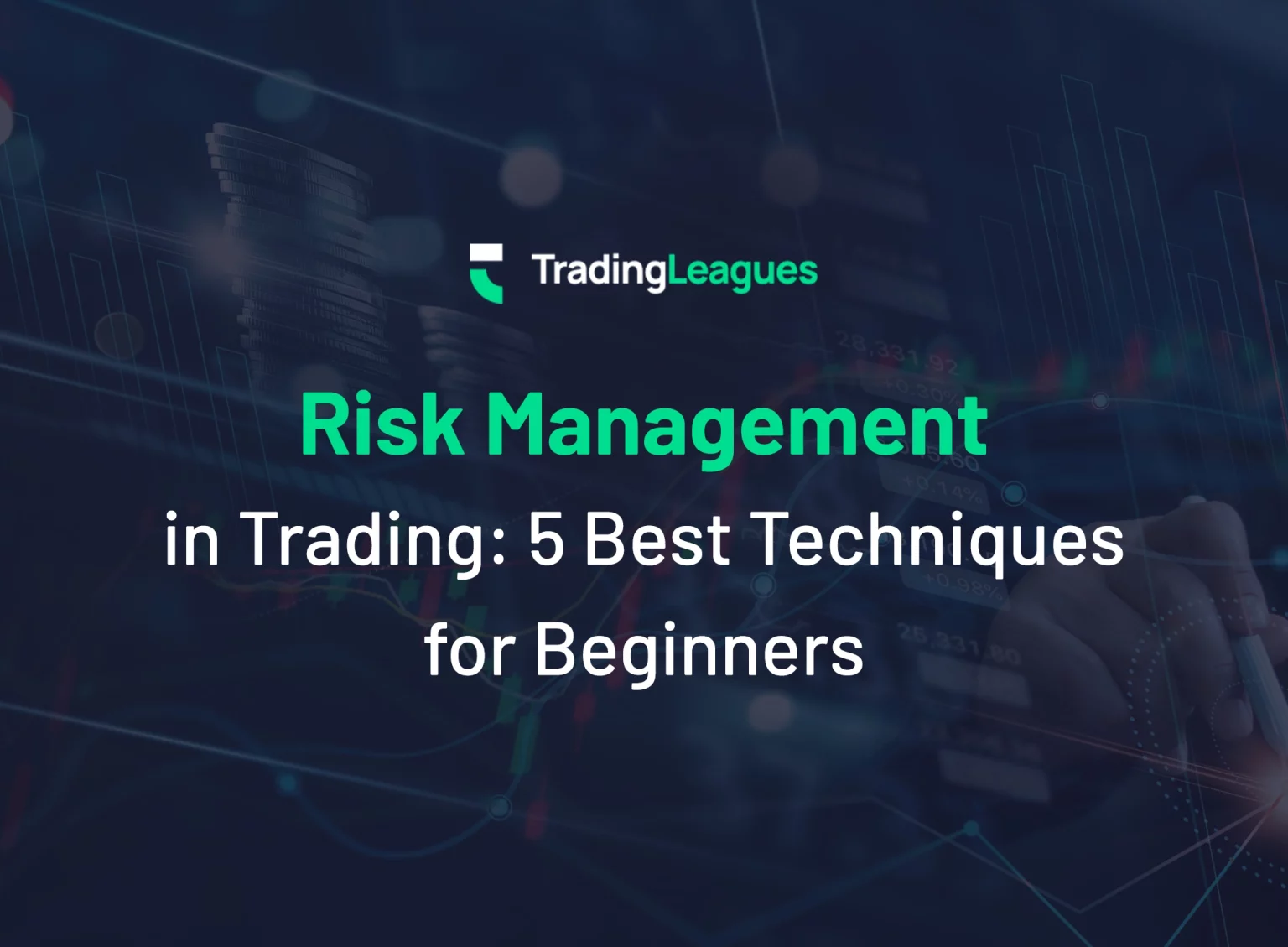The price of stocks can go up or down depending on the market. Since there is no guarantee that a stock price will follow a particular direction favourable to the trader, there is risk involved in trading or investing.
However, the good news is that risk in trading can be managed and reduced. If a trader follows proper risk management techniques, they can reduce the likelihood of a loss when trading. Every successful trader in the world is well-versed in risk management techniques.
Let’s look at everything beginners need to know about risk management in trading.
What is risk management?
Risk management involves taking steps to minimize the potential loss from a trade without compromising on the potential profit. It is possible to identify and measure the possible risk from a trade. Once the risk has been measured, traders can determine whether the risk is worth the potential reward or not.
How much risk is okay? That completely depends on the individual trader. For example, some people feel that climbing Mt. Everest is worth the risk while others do not.
Every trader needs to figure out their own risk tolerance and act accordingly.
Is risk management in trading really important?
You would never go bungee jumping without a safety harness, would you?
Risk management is part and parcel of trading and investing. It’s just one of the steps that you need to take while trading.
Risk management is practised by every investor and trader. The biggest banks and corporations are well-versed in risk management because they know how crucial it is. The 2008 financial crisis was partly caused by insufficient risk management by banks.
Don’t worry, risk management is not as complicated or difficult as it sounds.
How to identify risk?
Different levels of risk are involved in different scenarios. For example, if you’re trading the stock of a blue-chip company lesser risk is involved than trading a meme coin.
It is not likely that you will lose more than 10%-20% of your money in a single trading day when trading a blue-chip stock. However, you can lose much more money in a single trading day when trading a low-value cryptocurrency.
Similarly, delving into futures and options is more risky than trading gold or silver. While trading CFDs is more risky than trading equity in the spot market.
Best trading risk management techniques for beginners
There are several risk management techniques in a trader’s toolkit. The best option is to use a combination of them. Here are some of the simplest and easiest (but highly effective) ways to manage risk:

1. Stop loss
The stop loss is probably used by every trader in the world. A stop loss, as the name suggests, is an order to round off a trade before it exceeds a certain level of loss.
For example, suppose you bought a stock for Rs. 100. You can place a stop loss order to sell the stock in case it reaches Rs. 95. This means that whatever happens, your loss from the trade will be limited to Rs. 5.
A stop loss is a highly effective tool when used with discipline.
2. 1% Rule
The 1% rule is another way beginners can ensure that they stay in the game in order to win another day. This rule states that not more than 1% of the total trading capital that a trader has should be invested in a single trade.
For example, suppose you have Rs. 10,000 in your trading account. This means that you should not place more than Rs. 100 in one trade.
This rule is highly effective because even if you lose 100% of your money in a trade, your overall loss is just limited to 1% of your trading capital.
3. Diversification
Another great way for beginners to minimize risk is diversification. You may have heard of portfolio diversification in investing, but it is equally important in trading.
Diversification involves investing in securities whose price movements are not connected with each. If you invest in connected securities then you’re increasing your risk.
For example, the price of gold and the price of a stock usually move together. When the price of gold falls, the price of silver is also likely to fall. Hence, you either trade in gold or in silver, but not both. Instead, you diversify your risk by trading in a security that is not connected with gold.
4. Managing emotions
This might seem ridiculous, but it’s essential. Trading is a highly emotional activity because it involves lots of ups and downs. Every successful trader relies on keeping their emotions in check and taking rational decisions when trading.
A lot of new traders become too emotionally invested in their trades. This prevents them from seeing a trade clearly and keeping things in perspective. This usually results in bad trading decisions which can mean losses or foregone profit.
A good way to avoid letting emotions get the best of you is to have a trading strategy in place, that you follow regardless of how you feel in the moment.
5. Having a take-profit point
It’s important to know when to book your profit. Beginners are prone to keep a profitable trade open for longer than necessary. This increases the chance of lesser profit or even a loss.
Traders need to calculate the price level at which the potential risk exceeds the potential reward and book their profit before the trade hits that point. For example, it may be best to book your profit before the security reaches a resistance level.
Read more about the benefits of playing stock market games here.
Wrapping up
Overall, risk management is an essential part of being a trader. It’s best to learn about a number of risk management techniques that you can deploy as the need arises. Some risk management techniques like stop loss and diversification can be used on all trades while hedging can be used when the need arises.






